#Catalonia
Explore tagged Tumblr posts
Text

CASA MILA - BARCELONA
75 notes
·
View notes
Text

Casa Pàdua, Barcelona, Spain,
Designed by Jeroni Granel y Manresa,
Photo by Miguel Borrell
#art#design#doorway#architecture#heavensdoorways#doors#doorsdesign#doordesign#entrance door#door#ironwork#windows#casa#casa padua#barcelona#spain#catalonia#jeroni y manresa#miguel borrell#modernism#modernist
4K notes
·
View notes
Photo

Cadaqués, Comarques Gironines, Catalonia.
Photo by Xavier Forcadell on Flickr.
#cadaqués#catalunya#fotografia#travel#sea#mediterranean#europe#catalonia#world#wanderlust#blue#coast#aesthetic#southern europe#explore#earth#places#beautiful places
9K notes
·
View notes
Text

Full moon behind the Temple Expiatori del Sagrat Cor, on the summit of Mount Tibidabo in Barcelona, Catalonia, Spain.
#temple#church#sacred heart#moon#architecture#neo gothic#gothic#barcelona#catalonia#spain#art#europe#european#christian#christianity#history#religion#religious#churches#temples#full moon#jesus#jesus christ#christ
8K notes
·
View notes
Text

Casa Comalat, Barcelona, Cataluña, España
#art#design#architecture#history#luxury lifestyle#style#luxury house#luxury home#art nouveau#casa#casa comalat#barcelona#spain#catalonia#interior design#stairs#stairs design
2K notes
·
View notes
Text
Sagrada Família, Barcelona, Spain: The Basílica i Temple Expiatori de la Sagrada Família, otherwise known as Sagrada Família, is a church under construction in the Eixample district of Barcelona, Catalonia, Spain. It is the largest unfinished Catholic church in the world. Wikipedia
#Sagrada Família#Catholic#Minor basilica#Gothic Revival#Art Nouveau#Modernista#Antoni Gaudí#Francisco de Paula del Villar#Barcelona#Catalonia#Spain.#UNESCO World Heritage Site#europe
410 notes
·
View notes
Text

Sagrada Familia, Barcelona
669 notes
·
View notes
Text
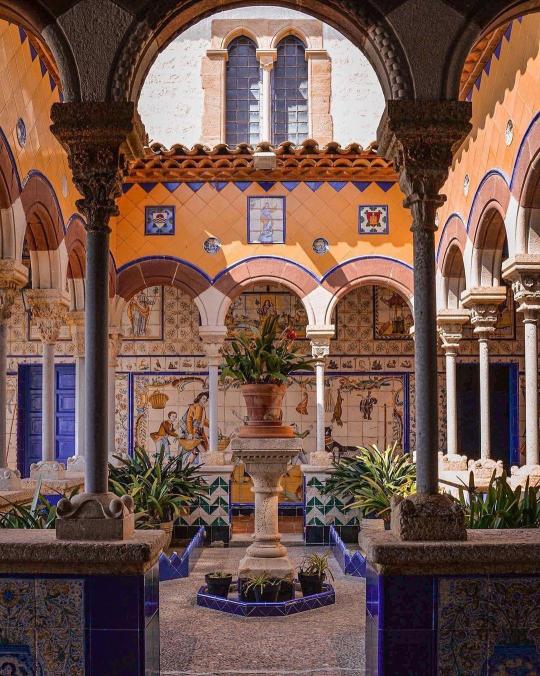
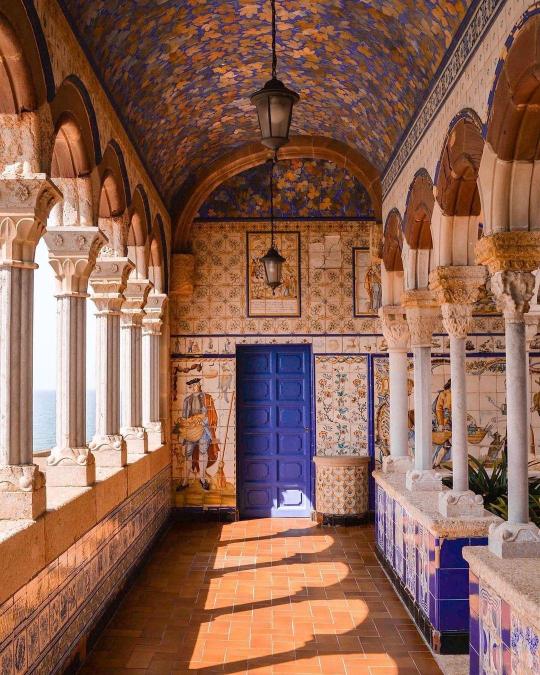


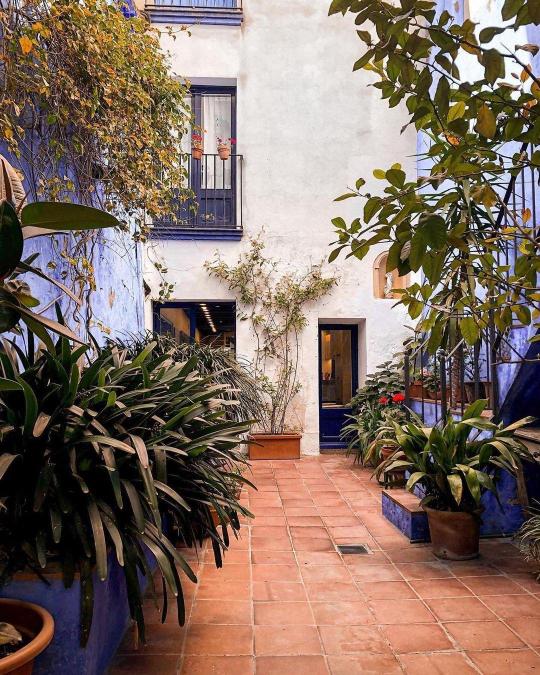
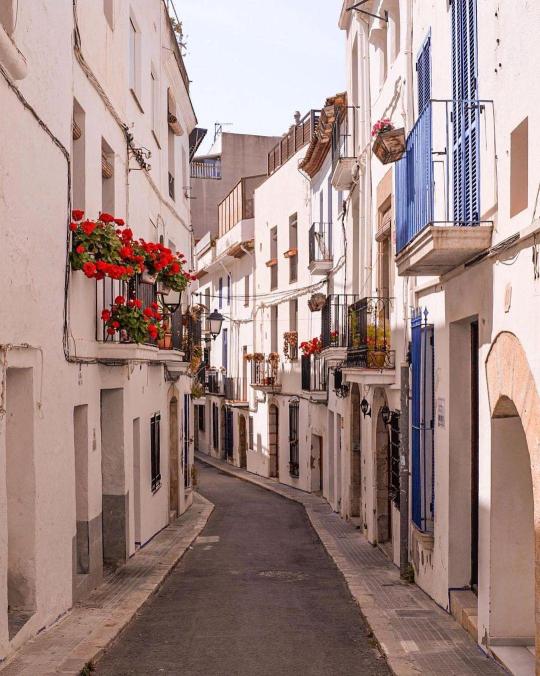

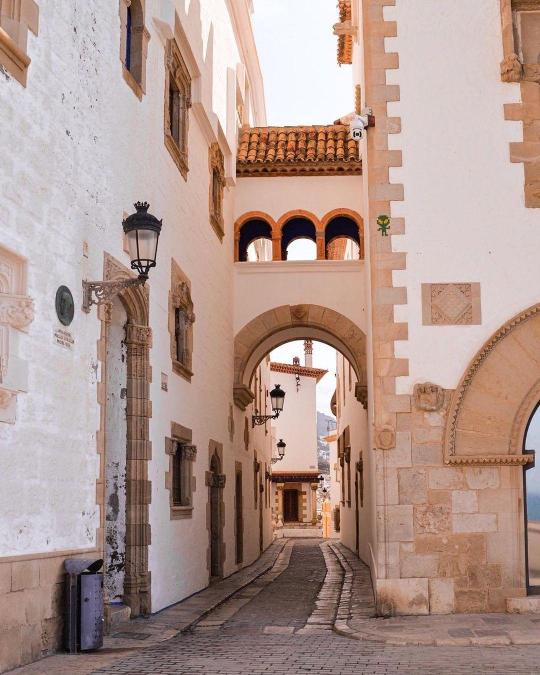
📍Sitges, along Catalonia's coastline, combines stunning beaches with captivating architecture. Its diverse designs, from Modernisme (exemplified by Casa Bacardí) to the Old Town's Mediterranean allure, showcase a rich heritage. Notable landmarks like the Church of Sant Bartomeu i Santa Tecla and opulent seafront mansions add to Sitges' architectural charm, making it a culturally rich and visually captivating destination.
📸: Yamil Doval
#dark academia#light academia#classical#academia aesthetic#escapism#academia#books and libraries#classic literature#books#architecture#buildings#streets#travel#catalonia#sitges#design#mediterranean#royal core#cottage core#aesthetics#mood#vibe#tumblr
4K notes
·
View notes
Text

Dragon holding a lamp post and an umbrella in the facade of La Casa de los Paraguas in Barcelona. Dragon is an element of Japanese culture. It was incorporated to the facade because Bruno Cuadros, who owned the building and an umbrella store located on the first floor, was a lover of Japanese art.
#facade#architecture#barcelona#catalonia#spain#design#buildings#japanese art#art#umbrella#dragon#lamp post#original photographers#photography#photographers on tumblr#wanderlust
198 notes
·
View notes
Text

Sepultura Canela, el Poblenou, Barcelona, Catalonia, España
#barcelona#catalonia#art#fine art#european art#classical art#europe#european#fine arts#europa#mediterranean#sculpture#angel#spanish#espana
407 notes
·
View notes
Text

PARQUE GÜELL - BARCELONA
31 notes
·
View notes
Text

Hatsune Miku diu visca Catalunya
315 notes
·
View notes
Text
Something very strange happened, and I think we need to have a talk about the way some people who don't know about Catalan culture misrepresent the Tió (our pre-Christian Christmas present-bringer, a log who poops presents 🪵🎁).

I have a relative who is a teacher in an adult school, she teaches Catalan language (mostly to immigrants). Some days ago, they were doing an activity about Catalan holidays, and two of her students said that Tió should be banned and that it's the worst thing they have ever heard. My relative was very shocked and asked why they could say such a thing (imagine, it's like saying Santa Claus should be banned in the USA). Their reasoning was that they completely misunderstood everything about it. These people are native Spanish speakers and assumed that the Catalan word "tió" (meaning "log" 🪵) means the same as the Spanish word "tío" (meaning "uncle"), even though both words are pronounced differently. They believed that the Tió represents a man and that we tell children to beat people up, so much until they poop themselves, threatening them to give us things. They said it promotes violence to children and that it's disgusting. Nothing further from the truth.
This is not an isolated incident because a few days ago I saw a post on Tumblr repeating this same mistake. I texted the person who posted it saying that it's not called "Poop Uncle" but "Christmas Log" and they said that this was what they were taught by their teacher (this person is from a different continent), and haven't taken down the post. I have also seen comments on Instagram repeating the same and making fun of how gross and violent it is.
The real meaning of Tió
The Log is a way of symbolically passing down our relation with nature. This is how the tradition works:
In early December, we get a log and bring him home. We take care of him: we keep him in a warm place, with a blanket over him, and we feed him things like orange/clementine peels and walnut shells. On Christmas day, all the family comes together. Children get wooden sticks and go get ready in another room, meanwhile adults place presents under the Log's blanket. Children come back and hit the Log while singing a song. There are many local variants of the song but they all come down to asking the Log to poop us good food. When they have finished singing the song, the children remove the blanket and discover the presents that the Log has pooped. Years ago (now this is only done by some farmer families in rural areas, but back in the day this was generalized), the Log was burned in the house's fireplace and its ashes were spread on the fields, believed to act as a magical fertilizer.
Notice what this whole "ritual" has been about: we take care of nature, nature takes care of us, we are part of a whole and there's no real difference between "nature" and "us" because we all give life to each other. After the winter rest, we wake up nature (the Tió) so it will bring fruits and light again.
We take a log from the forest and bring it home. We do this for the Winter Solstice because it's the time of the return of light and the rebirth of nature after the winter sleep, and wood symbolizes the most important things for human life: food, warmth and light. It's difficult for us to imagine nowadays because we are used to electricity, but for our ancestors who only had oil lamps, fire and candles, darkness was almost absolute for many hours in winter, and that's why the Winter Solstice was very important because it meant that light is coming back. We want something from the Log, his fire will allow us to cook, it will give us light, and keep us warm. So we offer him the same: we feed him (notice what we feed it, too: a kind of compost, which is complimentary to human food), we keep him warm, and we love him. Then, we hit him with sticks (mimicking the motion of cutting down a tree) and ask him to give us food, and he does. Then, our ancestors used to burn him for warmth and light, and then take him back to plants spreading his ashes so it will give life to the fields. Which in turn will give us food again, which we will poop and it will fertilize plants again. And it's a cycle that never ends, we're all part of a whole.
We give to the forests, the forests can grow with the remains that all living creatures leave on its ground: leafs, excrements, the remains of parts of our food like nuts and fruit peels. These things give life to the forest. And the forest gives life to us: gives us fruits and wood (=light and warmth). We take these things, and in return we give to forests once again.

Nowadays, the part about warmth and light is often lost to kids, but the part about food is still obvious, even if subconsciously. This is why the Log is not the horrible barbaric tradition that the "haha poop and violence" crowd would make you believe.
And don't get me wrong, it can still be funny! We're the first ones to make jokes about it. And you can, too! But don't spread false ideas: the Spanish word "uncle" appears nowhere near this tradition because it doesn't have anything to do with uncles nor with Spanish-speaking cultures. It's called the Christmas Log (Tió de Nadal, Soca de Nadal, Tronca de Nadal, Tizón de Nadal, etc depending on the area, all meaning "Christmas Log") and it's celebrated by the Catalan people and a part of the Occitan and Pyrenean Aragonese people. The word "poop" (as an imperative verb, as in "please poop for us") appears in the song, but not in the name.
I know that, now that misinformation has gone viral, a post won't stop it. But I hope at least people with a genuine interest can learn some more. By all means, keep laughing! Make all the memes you want! But knowing the whole story will give you understanding. And, please, don't argue in favour of banning our cultural practises, we've had enough of that for centuries.
#tió de nadal#nadal#tradicions#catalunya#catalan culture#catalan#catalonia#coses de la terra#cultures#culture#anthropology#christmas traditions#christmas#folklore#folk culture
1K notes
·
View notes
Text
Alexia Putellas talking about her favorite memory about Barça 💙❤️



#fc barcelona#fc barça#fcb#barcelona#visca barca#barca#fcb femeni#fcb femení#barca femeni#barcelona femeni#barça femeni#barca women#barcelona women#barça#woso appreciation#woso community#woso soccer#woso#soccer#football#alexia putellas#blaugrana#culers#visca el barça#visca catalunya#catalan#catalunya#catalonia
136 notes
·
View notes
Text
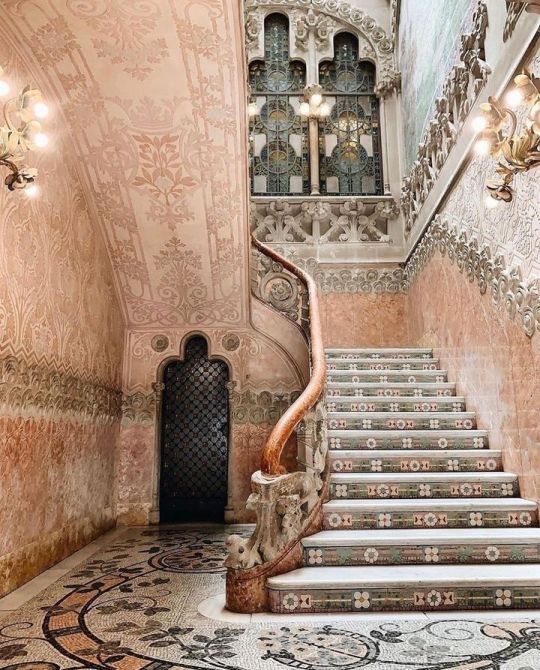
Casa Nàvas, Reus, Catalonia, Spain,
Designed by the renowned architect Lluís Domènech i Montaner and decorated by Gaspar Homar between 1901 and 1908, it was originally the personal residence and "house shop" of the affluent textile merchant Joachim Nàvas.
@pierlaatelier
#art#design#architecture#history#luxury lifestyle#style#luxury house#luxury homes#spain#casa#stairs#grand staircase#art nouveau#reus#catalonia#casa navas#pierlaatelier
5K notes
·
View notes